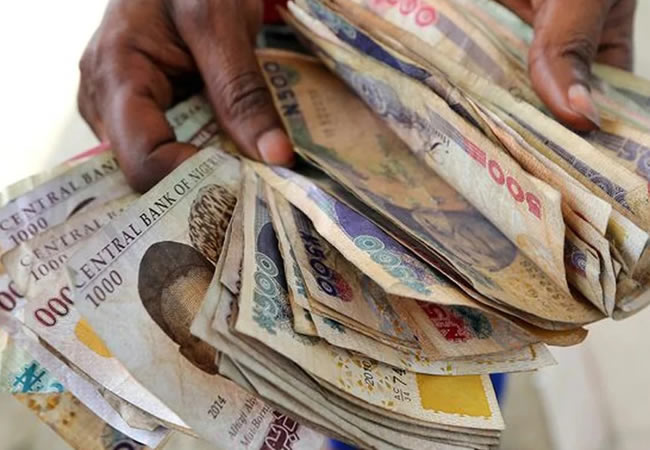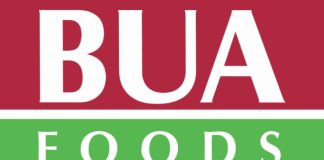The Nigerian naira fell down to N747.87 per US dollar (USD) on Monday as statistics from FMDQ Exchange indicated that FX inflows through the Investors and Exporters window fell considerably in July.
The Naira fell 1.01 percent at the official window compared to the N740.38 it traded for the US dollar on Friday, aided by the Central Bank of Nigeria’s FX intervention. According to currency dealers, the open indicative rate ended at N772.06 to the dollar on Monday.
It was observed that the highest spot exchange rate recorded during the day’s trade was N799.90 to the US dollar before it ended at N747.87. The naira was sold for as little as N730 to the dollar throughout the day’s trade, according to the record. On Monday, 74.64 million dollars were exchanged in the investors’ and exporters’ window, according to market statistics.
According to FMDQ statistics, overall inflows through the Central Bank’s official exchange window fell 65.7% to US$608.00 million in July from USD1.77 billion in June, according to Cordros Capital. The figure is the lowest since April 2021, when total inflows were USD564.20 million, according to the investment business.
Analysing the breakdown provided, analysts highlight that the decline was on the back of broad-based contraction across both the local and foreign investors. It is noted that at the time, local and foreign accounted for 92.3% of total transaction value, according to analysts.
Precisely, inflows from local investors dipped by 60.6% to USD561.00 million in July from USD1.42 billion in June 2023 given the slowdown across the local segments. The segments that experience a slowdown in inflows into the market include the CBN (-70.0%), Individuals (-51.2%), Non-bank corporates- (-65.6%) and Exporters (-63.9%)
In the same vein, analysts noted that inflows from foreign sources remained underwhelming, declining by 86.5% to USD47.00 million from USD 347.30 million as foreign investors remained cautious about returning in their droves despite the FX market liberalisation, as FX backlogs remain uncleared.
In the parallel market, the Naira closed at an average of N917. Therefore, the gap between the Nigerian Autonomous Foreign Exchange Rate Fixing (NAFEX) and the parallel market rate extended to 23.9%.
According to data from FMDQ, NAFEX turnover or volume of US dollar transactions increased by 30.6% or USD127.8 million week on week to USD545.9 million on Friday.
Analysts said the NAFEX window recorded an inflow of USD201.8 million with the CBN accounting for 1.5%, foreign portfolio investors accounting for 1.6%, non-bank corporates accounting for 45.9%, exporters accounting for 39.2%, and others accounting for 11.8%.
“We expect FX liquidity conditions to remain frail in the near term, amid the lingering reforms in the FX market. We also anticipate weak foreign inflows in the short term, as foreign investors will likely adopt a wait-and-see approach in the near term as they await the CBN’s actions in clearing its FX backlogs and the direction of short-term interest rates amid high inflation”, Cordros Capital stated.














